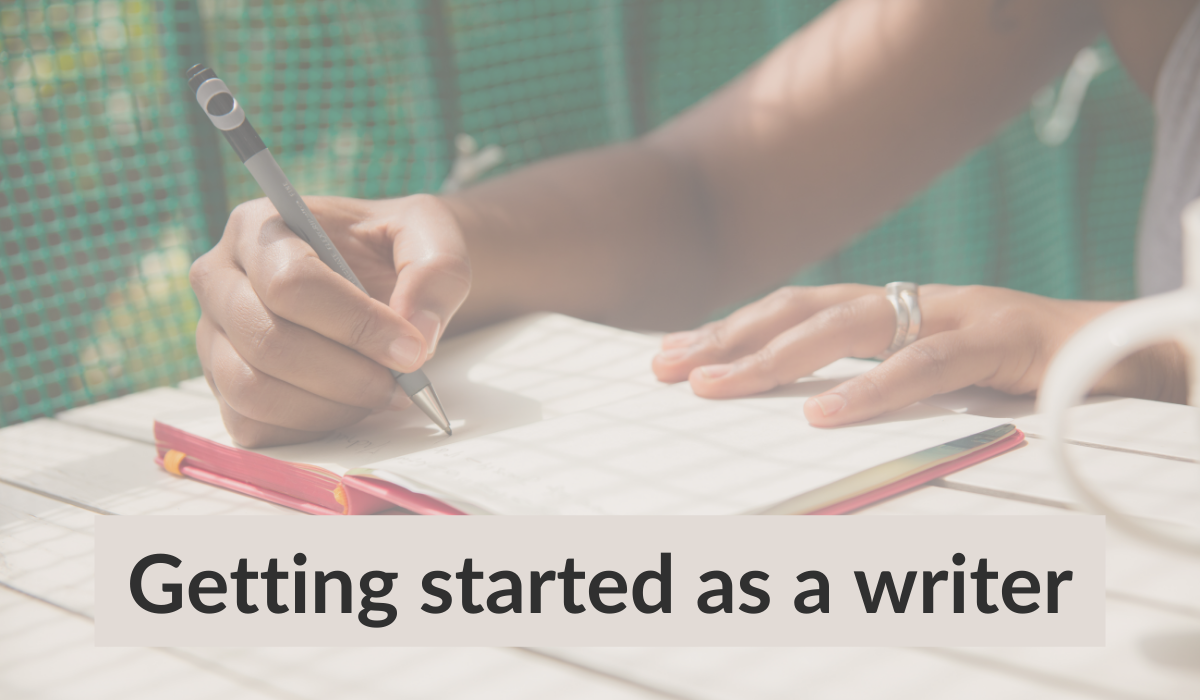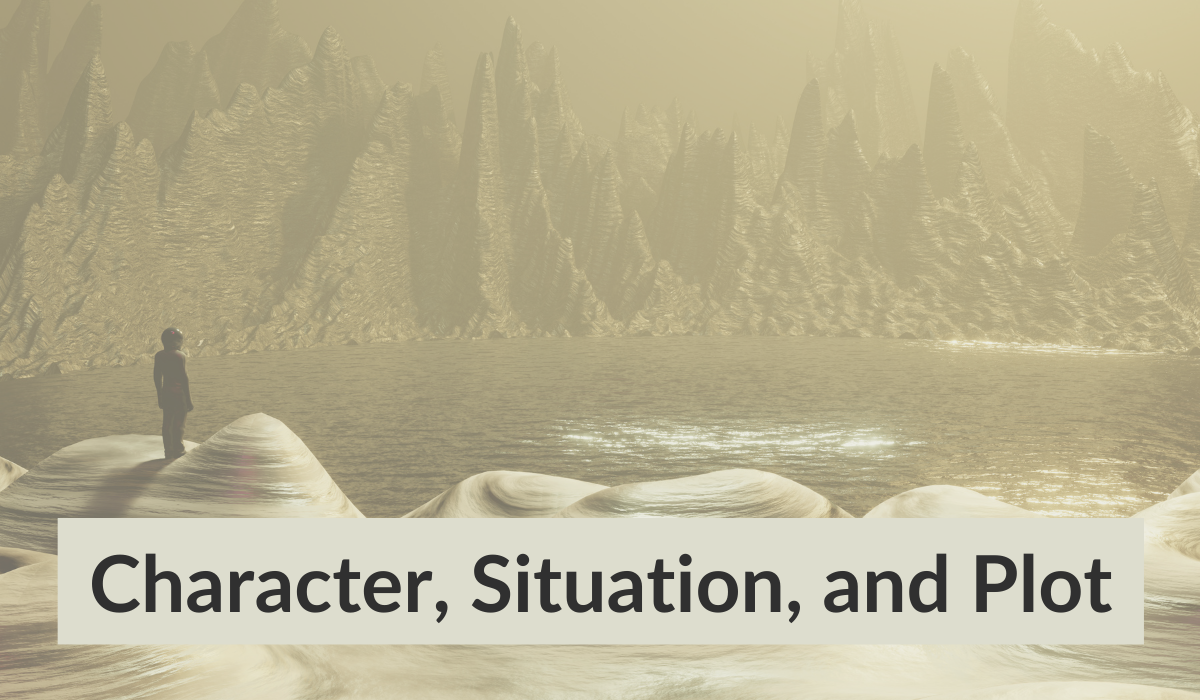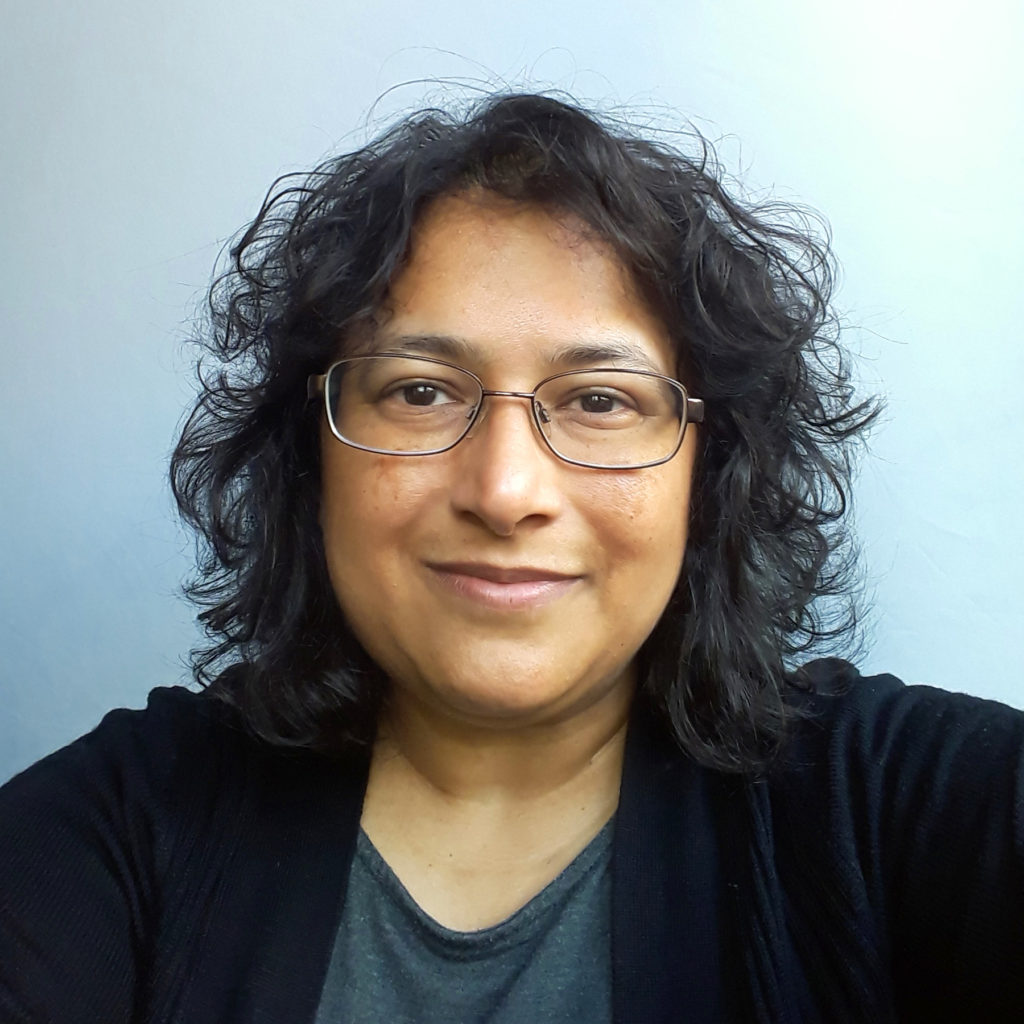As we weave our way through the process of trying to get at least one novel published, many options are presented for editing that we try out to determine if they will work for us.
I watched a video about editing and in it an author said that you will have to cut out half of your book, cut out whole scenes, just cut, cut, cut. But he didn’t explain what you have to cut.
For a beginner novelist, I think that this is overwhelming advice. When I heard him say that, I thought why didn’t you tell them it like this, see below, which is a bit more realistic than just ‘cut, cut, cut’. So these are my thoughts…
During the editing phase of your novel:
1. You will cut, revise, and rearrange most of your novel to pull the best from it in the revision and editing phase.
2. Initially, using a top down approach, you will look at the structure as a whole, examining the scene and chapter intentions through the whole novel.
3. You identify which chapters and scenes were a nice detour during the first draft but now add nothing to move your plot along, unless part of interesting sub-plots. These will need to be cut unless they are revised to incorporate plot elements that move the plot forward.
4. You will look to see if additional material is required to improve missing sections or holes in the plot.
5. You will look at which scenes require revision of their structure to make the plot work better within them. Sometimes a scene can work harder by being combined with another one. This includes situations where you have too many characters – which ones can be combined into a single character.
6. When you have completed the overall rewrite to ensure a better structure for your plots and subplots, you analyse plot within each chapter and within each scene and then within each paragraph. Make every sentence in your novel work harder for every word contained within it.
7. And when your heart has stopped breaking with all the changes you’re going to make, then you will remind yourself that this can all be done in small bite-size steps.
8. You will learn how to flick between creator and editor continuously during this process.
9. You must also keep reminding yourself that you are a writer and you will complete this novel.
Does this sound closer to your editing process?





0 responses
Hi Lia. I think I edit with one question in mind ‘how do I want the reader to feel/respond to what I’m saying?’ If I don’t know the answer than the writing is probably redundant. I also read out loud – it seems to highlight weak sentence structure. Great post 😉
Thanks Gemma, you’re right – keeping the reader in mind is essential. I think I have been incorporating that by a gut feel that something is wrong and then trying to figure it out – if I think/feel something is wrong, my reader will probably too – kind of effort. I’m reading ’13 ways of looking at the novel’ by Jane Smiley and in it she mentions that she used different methods of tackling the revision phase of three of her novels. And I’m also convinced that every writer will tackle the editing phase differently as well so whatever advice is given each writer must eventually find their own way.
And, of course, reading out loud is a given. (I’ll put it in at the 3rd draft edit and cleaning up stage but can be used at any time.) Thanks again. L.